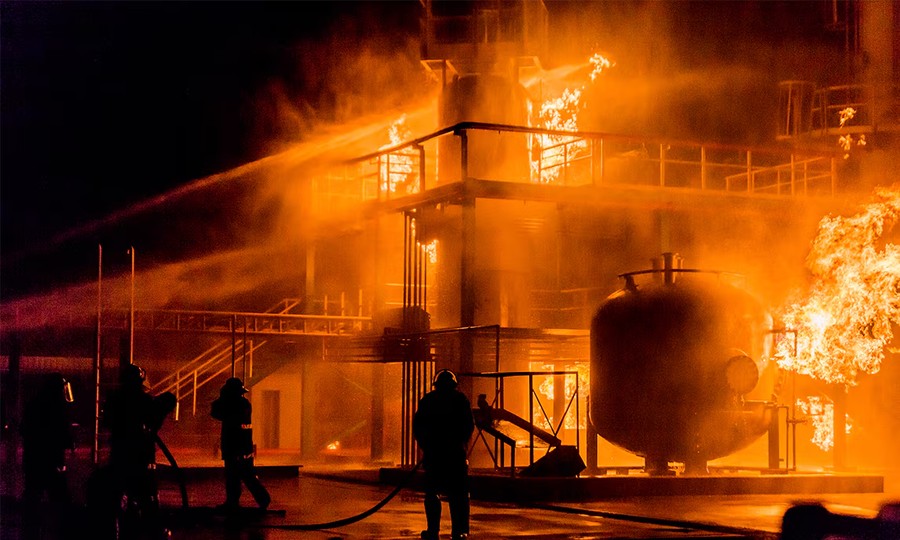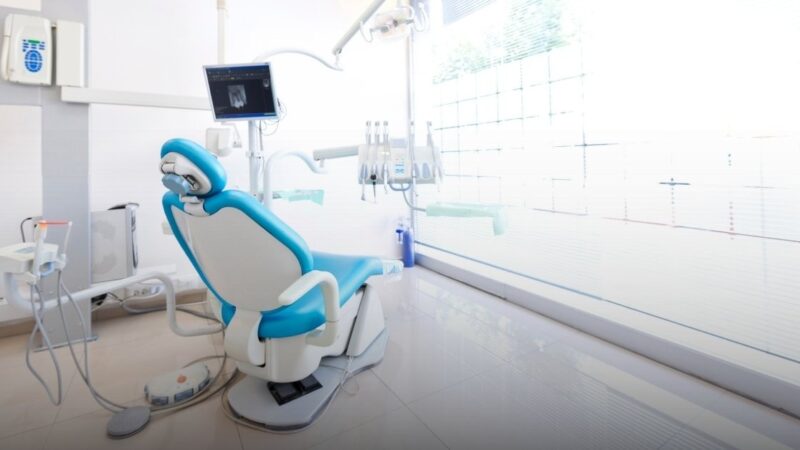Understanding the Merits of Fire and Burglary Insurance for Indian Businesses

Every Indian business faces risks—some visible, some unexpected. Owners build their ventures with hard work, time, and investment. But what happens when a fire breaks out, or someone breaks in? The losses are not just financial. The emotional toll is equally damaging. That is where fire insurance with burglary coverage can help. These policies offer protection, peace of mind, and long-term stability.
Fire Policy: Coverage and Benefits
A fire can break out anytime due to electrical faults, human error, or natural disasters. And when that happens, a fire policy can save your property or business from the loss. This insurance covers damage to your property, stock, machinery, and even fixtures.
A fire insurance policy does more than just pay for the visible damage. It also covers the cost of cleaning up, repairing structures, and restoring operations. Without a proper fire policy, businesses may struggle to recover. The right plan helps you bounce back faster and reduces downtime.
Burglary Insurance: Coverage and Benefits
Indian businesses store cash, goods, and expensive equipment on-site. But what if someone breaks in at night? What if some insider is involved in the theft? A burglary insurance policy can save you in such a scenario. This type of policy covers loss or damage from forced entry, robbery, or even attempted theft.
Many business owners in India still think burglary insurance is optional. In reality, it is a must-have. It secures your tangible assets and ensures you will not face financial strain post-theft. Some policies even offer coverage for damage caused during the break-in attempt. That kind of support helps business owners stay confident and focused.
Why Should Indian Businesses Choose These Policies
India’s business environment is dynamic but it is also unpredictable. Fires and burglaries happen more frequently than you think. A small spark or a careless mistake can destroy your warehouse. A single break-in can wipe out months of earnings.
If you ignore these risks, you may need to cover the losses on your own. However, a fire and burglary insurance policy reduces the burden on the business owner. It helps you reduce the financial loss.
Fire Insurance Coverage
Fire insurance policies in India generally cover the following:
- Fire and lightning
- Explosion and implosion
- Riot and strike
- Storm, cyclone, or typhoon
- Impact damage by vehicles
- Aircraft damage
- Leakage from automatic sprinkler installations
- Missile testing operations
- Subsidence and landslide
Some policies also include optional coverage for burglary insurance, terrorism, or loss of rent. Choose an appropriate policy for your specific business needs.
Customisation Benefits of Fire and Burglary Insurance
Not all businesses are alike. A garment store needs a fire policy different from that of a manufacturing unit. Likewise, a jewellery shop requires a unique burglary insurance plan compared to a regular retail store.
Insurance companies today offer flexible policies. Business owners can tailor coverage based on their needs. From the size of your inventory to your working hours, everything can be considered. That kind of customisation ensures you only pay for what you really need. And that makes insurance more affordable and effective.
How to Choose the Right Fire and Burglary Insurance Policy
- Assess Your Property Value: Calculate the value of your building, equipment, and stock to avoid under or over-insurance.
- Evaluate Risk Level: Consider the location, past incidents, and security measures already in place.
- Choose the Right Coverage: Look for policies that cover both fire damage and burglary losses, including damage during break-ins.
- Check for Add-Ons: Opt for extra covers for earthquake, riot, or malicious damage for better protection.
- Review Deductibles: Understand how much you need to pay out-of-pocket before the insurance kicks in.
- Compare Premiums and Benefits: Compare policies from top insurers to find the best policy for your specific business needs.
- Verify Claim Process: Choose one of the top insurers like TATA AIG for a quick claim settlement process.
- Read the Fine Print: Check the exclusions along with terms and conditions before finalising a plan for your business.
Conclusion
Fire insurance with burglary coverage is an essential tool for every Indian business. From small shops to large factories, everyone benefits from the right coverage. A fire policy protects you from one of the most devastating risks. Burglary insurance shields you from financial setbacks caused by theft.
Think of insurance not as a cost but as a smart investment. It protects your business, your hard work, and your future. So, take a moment today. Review your coverage and make sure your business is truly secure.







